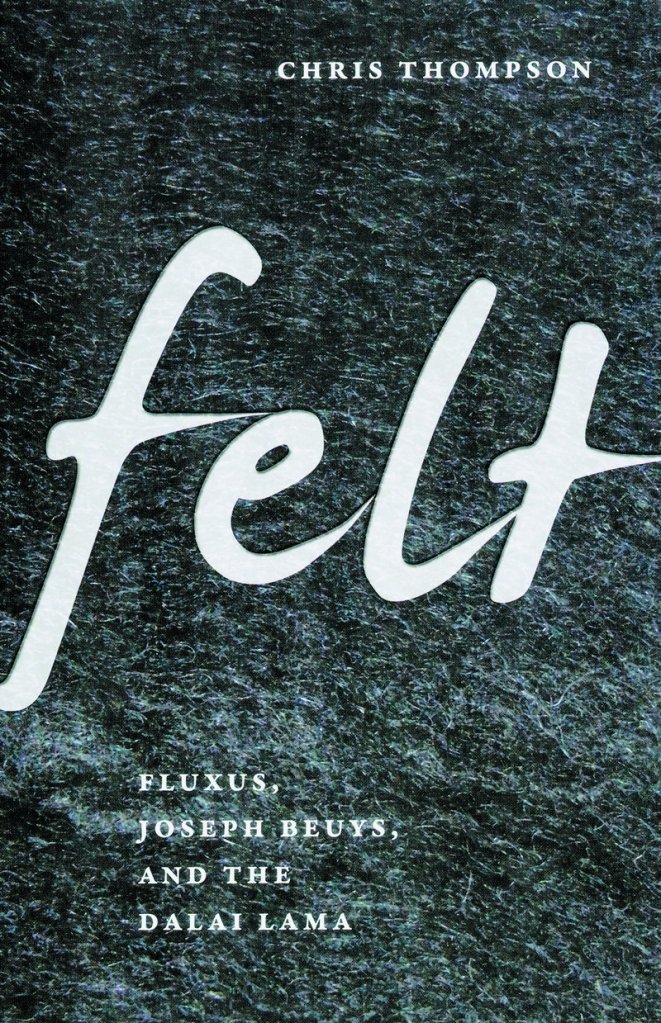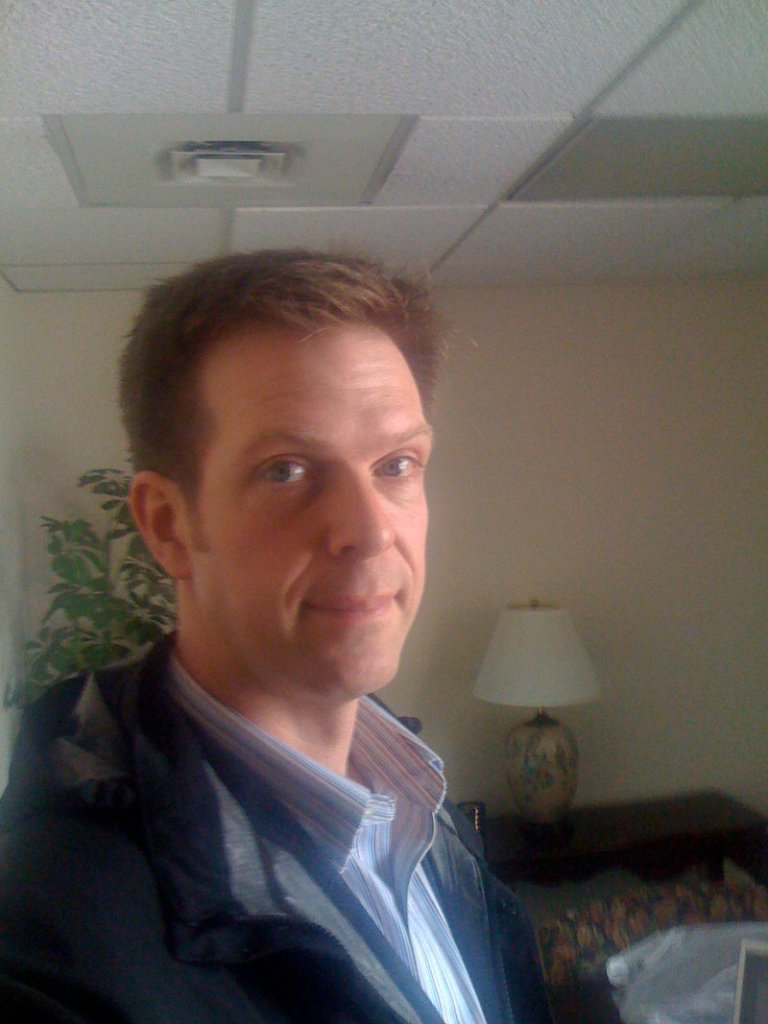When Chris Thompson heard that German sculptor and art innovator Joseph Beuys had once had an hourlong talk with the Dalai Lama, he was fascinated.
As a student of both art and cultural history, Thompson wondered what the sculptor and the spiritual leader talked about. What did they have in common? What, if anything, came of their conversation?
The questions drove Thompson to pursue the topic as his Ph.D. project. Now, some 14 years after he began, Thompson has turned the idea into a book, “Felt: Fluxus, Joseph Beuys, and the Dalai Lama” (University of Minnesota Press).
The book draws on the only eyewitness account of the meeting to re-create it, but also delves more broadly into the effect that a melding of Eastern spirituality and Western ideas could have — and are having — on a variety of areas in our society.
Thompson, 36, of Cumberland, is associate professor of art history at Maine College of Art in Portland.
Q: What gave you the idea for this book?
A: After college, I had a job as a gallery guard (in an art museum), and one of the other people at the museum told me he had heard that Beuys had met with the Dalai Lama in the 1980s. I thought, “What an interesting meeting that must have been,” and I wondered if anyone had written about it.
I tracked down one book by a Dutch artist, Louwrien Wijers, who had organized the meeting. I got in touch with her, talked with her, and her story and what had led to that meeting was in my view more interesting than the actual meeting. She was one of the first people to write about the avant-garde movement in art in New York in the late 1960s, and brought that work to a lot of people’s attention.
Q: Why did Wijers want these two men to meet?
A: For her, it was very simple. She had been at a teaching by the Dalai Lama and heard him talk about universal responsibility, about how as part of the human condition we are all universally responsible for one another. She thought that was very much like Beuys’ idea that everyone is an artist — that the work of being human is inherently a creative act and that each person is potentially an art maker.
Q: We all know who the Dalai Lama is and what his impact has been, but who was Beuys, and why was he important?
A: He was a German artist. He’d been a dive bomber for Germany (in World War II), and was famously shot down during the war. He recovered and went to art school, and became an important and famous artist and art teacher (in Germany). He had said he would teach anyone, and was fired (for letting in more students than his university would allow). But he conducted a lawsuit and won, and got his job back.
He was one of the founders of the German Green Party and (sold a lot of work) in the late ’70s and ’80s. A lot of his work used felt as the material, and he was one of the earlier practitioners of performance work, though he called them “actions.”
Q: So what happened at the meeting?
A: They met in the Dalai Lama’s hotel room in Bonn, Germany. The Dalai Lama was in Europe having a series of meetings with various people, and this was one. They met for one hour and only Beuys was allowed in at first, even though Wijers arranged the meeting. She protested, and finally they let her come in for the last 30 minutes. But she was not allowed to take photos or use a tape recorder, so her memory is the only record of the meeting I could get. I’ve never had a reply from the Dalai Lama. He’s met with thousands of people, so who knows how much he’d remember.
There are two interesting things that came out of it. At the time, 1982, the Tibetan political position on China was that the Chinese should get out of Tibet. According to Wijers, Beuys said that China would never leave Tibet, and the goal should be something more like a culturally autonomous Tibet. In 1987, the Dalai Lama’s plan for negotiating with the Chinese proposed a similar thing. It stretches the imagination to think Beuys had a decisive impact, but it’s an interesting historical coincidence.
The other thing that is just as fascinating is that Beuys proposed a large political event in Beijing. The Dalai Lama seemed intrigued, that’s all we concretely know. But there has long been this grand hope for a meeting of Western and Eastern, in philosophy and art and other areas. On the day of the meeting, there was this gathering of dozens of artists and scientists waiting to see what would happen. The Dalai Lama came out of his room, went down to the gathering and waved to the crowd.
But the French artist Robert Filliou (who was among those waiting for the meeting to end) then suggests to Beuys, “What if peace is not the inverse of war, that it is something with its own definition that no one has thought of yet.” That evolved into a series of projects and art exhibitions. And more are in the works today.
Q: Why is Fluxus in the title?
A: Fluxus is the name of a collective of artists who are interested in the blur between art and life, about everyday actions being the stuff of art. I imagine all of this as a big conversation of what art can be, and what being human might mean.
Staff Writer Ray Routhier can be contacted at 791-6454 or at:
rrouthier@pressherald.com
Send questions/comments to the editors.




